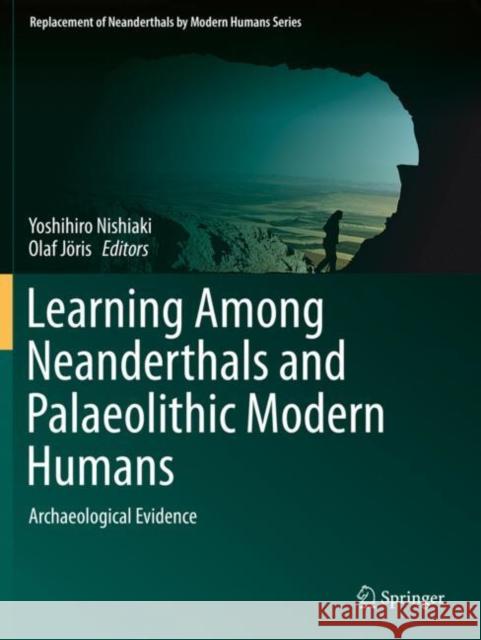Learning Among Neanderthals and Palaeolithic Modern Humans: Archaeological Evidence » książka
topmenu
Learning Among Neanderthals and Palaeolithic Modern Humans: Archaeological Evidence
ISBN-13: 9789811389825 / Angielski / Miękka / 2021 / 218 str.
Learning Among Neanderthals and Palaeolithic Modern Humans: Archaeological Evidence
ISBN-13: 9789811389825 / Angielski / Miękka / 2021 / 218 str.
cena 481,91
(netto: 458,96 VAT: 5%)
Najniższa cena z 30 dni: 462,63
(netto: 458,96 VAT: 5%)
Najniższa cena z 30 dni: 462,63
Termin realizacji zamówienia:
ok. 22 dni roboczych.
ok. 22 dni roboczych.
Darmowa dostawa!
Kategorie:
Kategorie BISAC:
Wydawca:
Springer
Seria wydawnicza:
Język:
Angielski
ISBN-13:
9789811389825
Rok wydania:
2021
Wydanie:
2019
Numer serii:
000471999
Ilość stron:
218
Waga:
0.50 kg
Wymiary:
27.69 x 20.83 x 0.76
Oprawa:
Miękka
Wolumenów:
01











